

A well-adjusted heating installation ensures optimum efficiency. This is the only way to get the right temperature when you want it.
However, if you want to know how best to control your heating system, you must first understand how all the devices that make up your heating system communicate with each other.
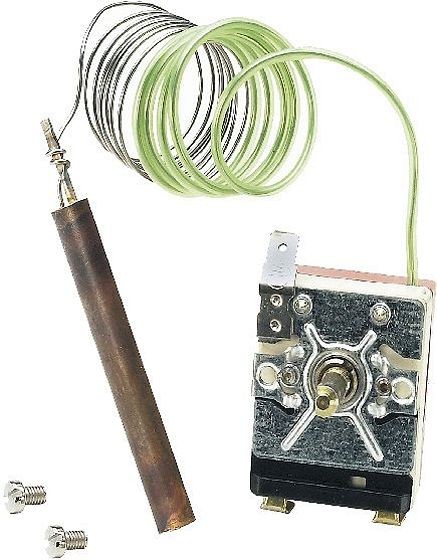
The boiler thermostat (aquastat) ensures that the temperature of the water in the central heating boiler is constant.
It tells the boiler: ‘Your water's not hot enough, start working!’ (or vice versa).
© Vaillant
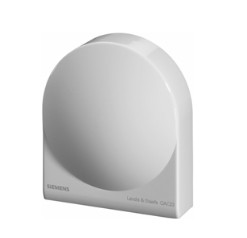
The outdoor probe or outdoor sensor adjusts the temperature of the boiler in line with the weather.
It tells the boiler thermostat: ‘It's getting cooler, raise the temperature!’ (or vice versa).
© Siemens
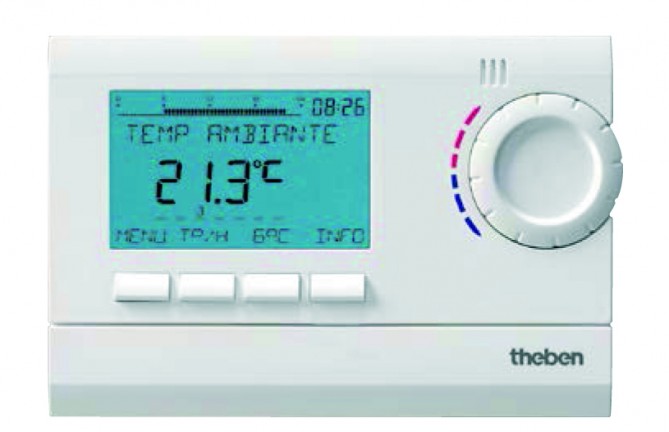
The ambient thermostat ensures a constant temperature in the room where it is located. If it is programmable, it can set different temperatures depending on the time or the day.
It tells the boiler and the heating circulator: 'It's cold in this room. Boiler, start working! Circulator, send the hot water around!’ (or vice versa).
© Theben
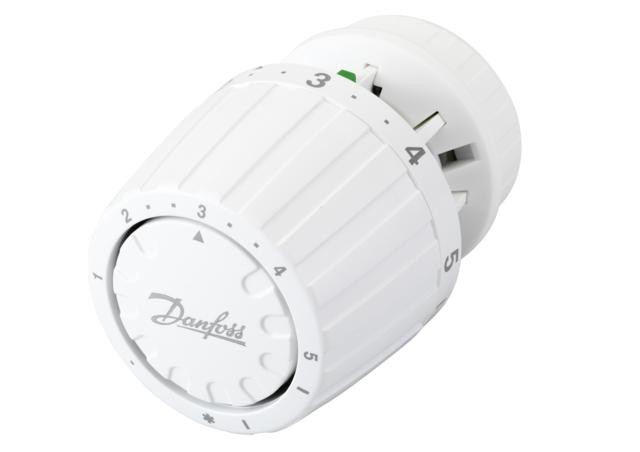
The thermostatic valve limits the maximum temperature in a room, but cannot start the heating. You do not need thermostatic valves in the room where the ambient thermostat is located; if you have them, they must be fully open.
The thermostatic valve says: ‘It's warm enough in this room, I’ll cut off the hot water supply to my radiator.'
© Danfoss
| Fully opening the thermostatic valve will not heat the room any faster. The flow rate is not higher, you just set a higher temperature for the room. |

The thermostat of the hot water boiler keeps the domestic hot water at a constant temperature.
It tells the boiler or the resistor: ‘I need water at 55°C!’
© Ariston
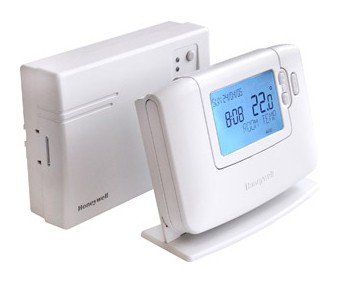
The central electronic control system receives and coordinates the information and passes on the instructions to the boiler.
If necessary, it will reduce the heating in order to reserve all the power for the domestic hot water.
© Honeywell
Subscribe to our newsletter and stay informed about energyfacts.